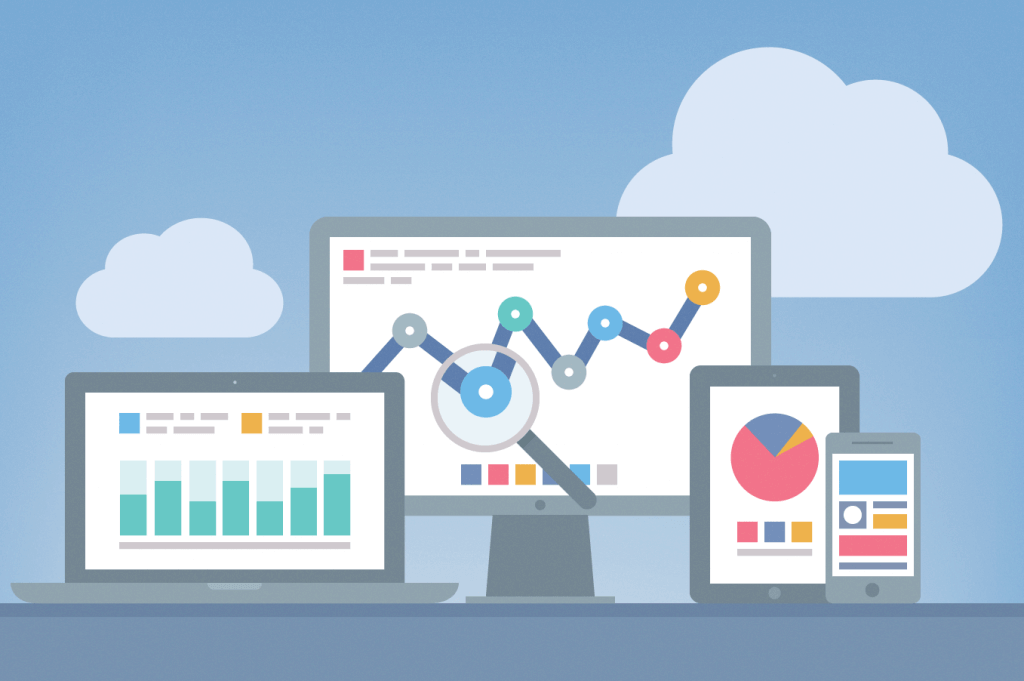
One of the biggest questions after the dust settles with a crisis like COVID-19 is usually “What now?”
NB: This is an article from Screenpilot
In any climate, the hardest part of developing a strategy for a hotel is finding which signals indicate a shift in demand. But it’s especially important given the unknowns surrounding COVID-19. Once the pandemic passes, there will inevitably be an uplift in the market, but re-entering the ads marketplace will be costly to any property that doesn’t get ahead of it.
Here are a few important KPI’s to monitor as you gauge the right time to get back in the fold.
Brand Impressions
Unbeknownst to some properties, users are still looking for brands during a time like this. All the loyalty and customer service built up over the years have resulted in many hotels seeing a strong brand presence in the organic space. It is important to capture these brand users and ensure they are not falling to OTA’s in the paid or organic realm.
One of the best ways to analyze details about these users is by utilizing paid media to capture the search. Using Google Search Console, properties can see exactly how many users are searching for their brand and what they are typing. Now, some of these users may be looking to update their current reservation, but there are a couple more metrics that determine what these people are looking to do.
Page Traffic
Analyzing the behavior and content that users are consuming on a website is a great way to determine the validity of brand searches. If the majority of users are going to FAQ, COVID, or stay-related content, it is safe to assume they are looking to update their reservation. However, if users are visiting the rooms page and things to do sections, this highlights their desire to travel to the property. Combing through page data in Google Analytics is crucial when determining the value behind organic brand impressions during these times.
Website Conversion Rate
Along with page traffic, the website conversion rate is the most important website metric when determining the value of users. A property must keep tabs on how many users are still converting on the website. The best way to discover a shift in demand is to keep a running average of the conversion rate on a week-to-week basis.
An average increase compared to the previous week indicates users are looking to book on the website instead of updating old reservations. When users are looking to book, it is a signal to properties that it is safe to use paid media and content pieces for conversion.
Booking Windows
While the majority of people quit looking for travel at a time like this, there are pockets of people still planning their next vacation. Tracking booking windows is a good way to keep a pulse on these users. Finding out when users are looking to travel helps hotels update messaging and content that can be delivered to these groups.
Paid Cost Metrics
Hotels continuing to utilize paid media are likely reaping the benefits of low cost in the travel industry. While paid advertising shouldn’t necessarily be used for conversions at this moment, it is still a great opportunity to market to brand searches. Across the industry, cost-per-click (CPC) and cost-per-million impressions (CPM) are drastically decreasing. This opens up the opportunity to use paid media for brand searches and do so at a much lower cost than normal.
Paid CTR
Another indicator of strong branding is looking at the click-through-rate (CTR) for paid advertising in Google and Facebook. Impressions are dropping for hotels across the world. However, a strong CTR indicates that users will still engage with the proper messaging from a property. Keeping tabs on CTR is a useful tactic when determining the proper channels to put money behind.




